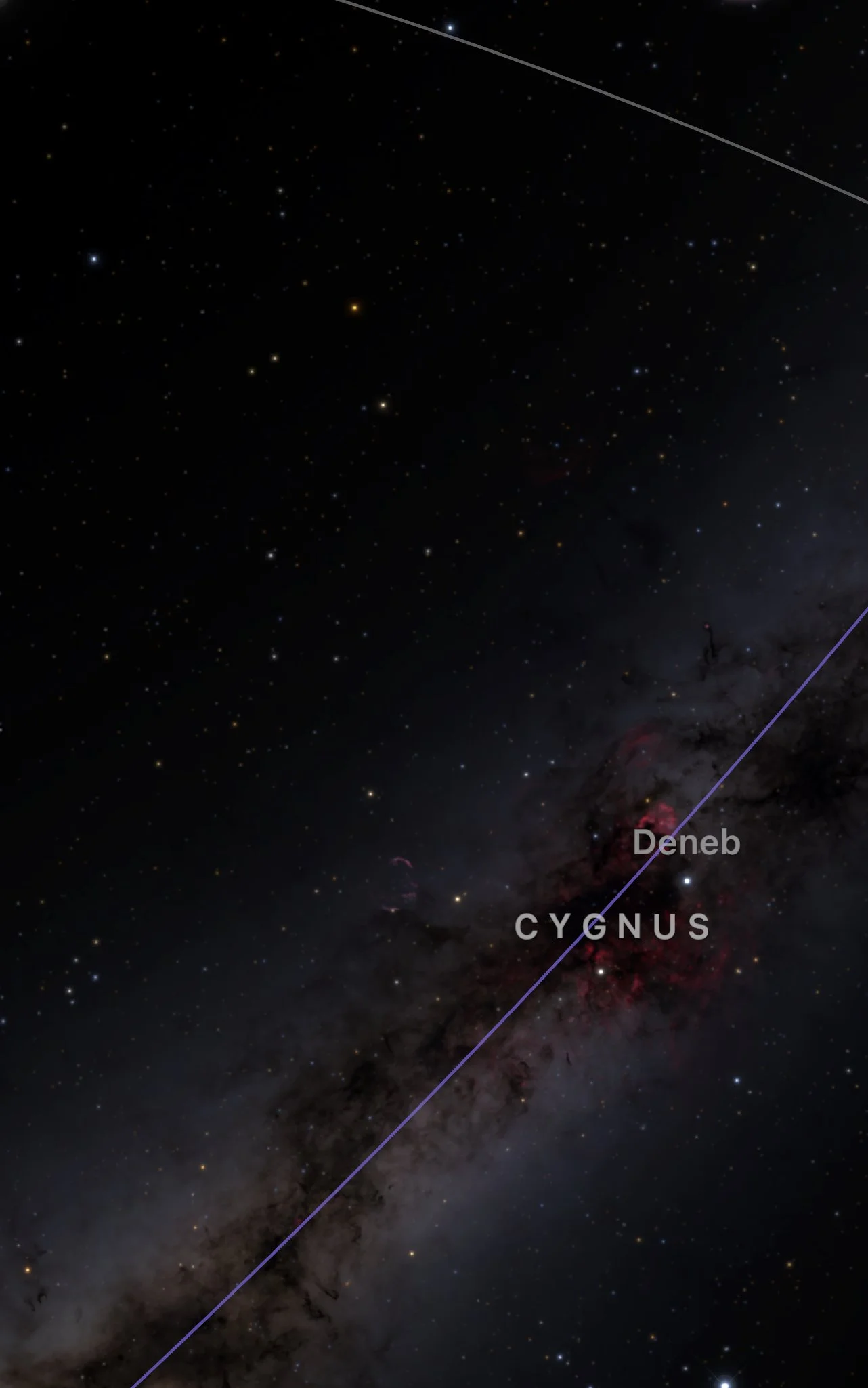Even though Christmas has passed, the festive spirit lingers here in Fuerteventura! Our Christmas tree remains proudly displayed, twinkling with lights. And the celebrations continue, as we eagerly await the arrival of the Three Kings on Dia de Reyes.
Christmas lights! They transform our neighborhoods into twinkling wonderlands, casting a festive glow on the season. But as we string up those dazzling displays, it's worth considering the potential impact of our holiday cheer.
The dazzling spectacle of Christmas lights comes at a cost, not just to our wallets (though those energy bills can certainly add up!), but to the environment and even our own health.
The sheer volume of holiday lights creates a blanket of artificial light, washing out the stars and disrupting the natural night sky. This "light pollution" isn't just a nuisance for astronomers and stargazers. It confuses wildlife, disrupts their natural rhythms, and can even harm their delicate ecosystems. Imagine a tiny insect drawn to a brilliant streetlight, circling and circling until it's exhausted and disoriented. Or picture a migrating bird, its natural navigation severely impacted by the city's glow, losing its way and struggling to find its destination.
Furthermore, all that artificial light at night can wreak havoc on our sleep cycles. It becomes harder to fall asleep, sleep quality suffers, and individuals often wake up feeling groggy and unrefreshed. This can lead to mood swings, difficulty concentrating, and even serious health problems down the line.
So, what can we do? Can we still enjoy the magic of the season without sacrificing our environment and our well-being? Absolutely! Here are a few simple steps individuals can take:
Embrace energy-efficient LEDs: They use less energy and produce less heat, making them a much greener choice.
Embrace timers: Set timers to automatically turn off lights when individuals are asleep or away from home.
Shield your lights: Direct the light downwards to minimize light pollution and reduce glare.
Choose warm-colored lights: They're less disruptive to wildlife and create a more cozy, festive atmosphere.
Support your local "Dark Sky" initiatives: Join a local organization or participate in community events that raise awareness about the importance of preserving the night sky.
This holiday season, let's make a conscious effort to be more mindful of our lighting choices. By making small adjustments, we can create a brighter Christmas for everyone while ensuring a sustainable future for generations to come.







